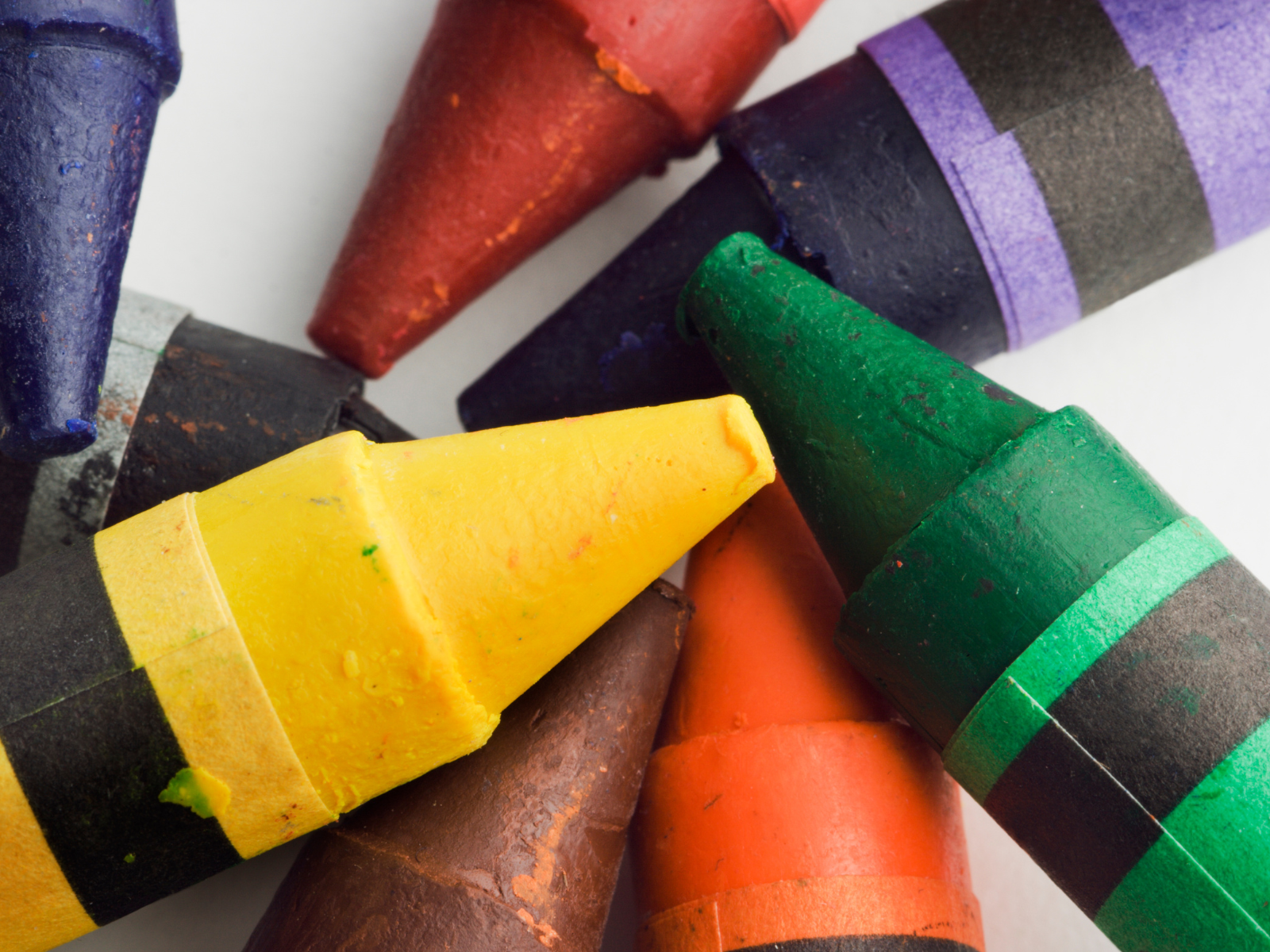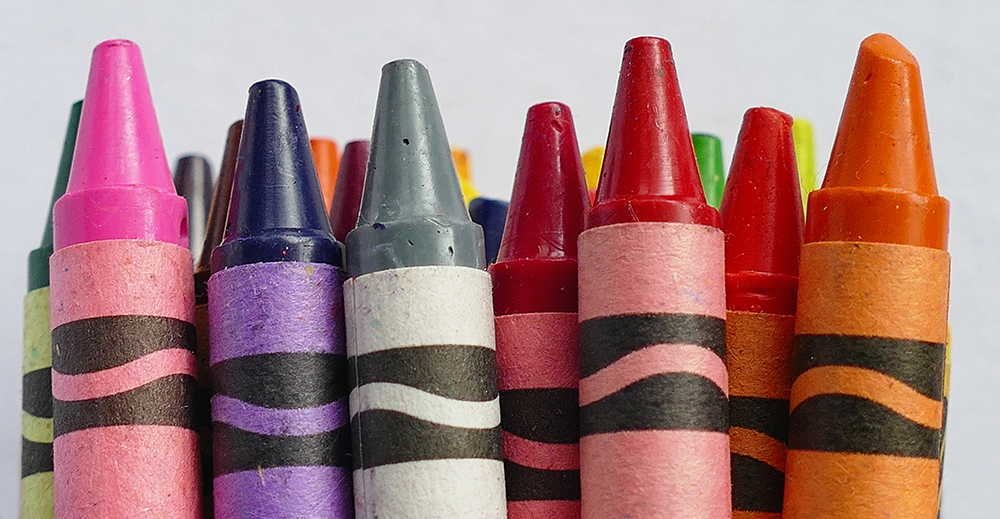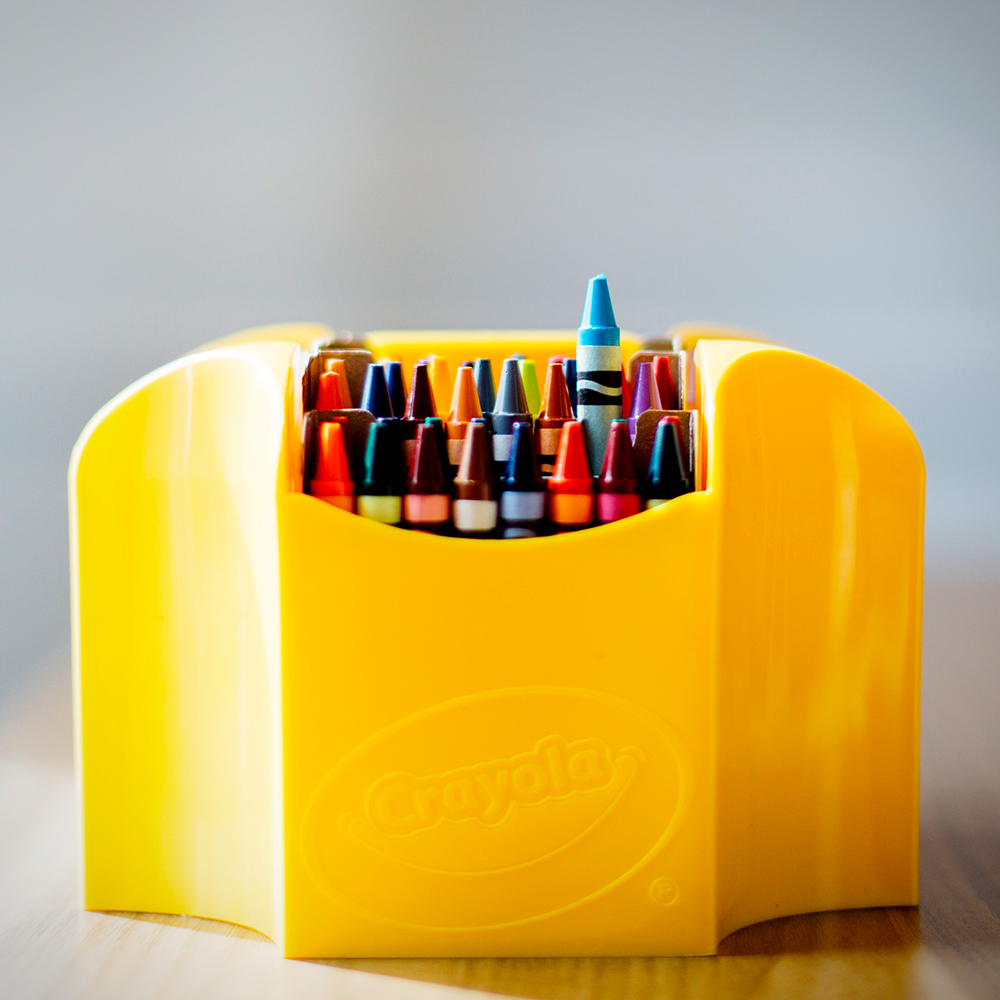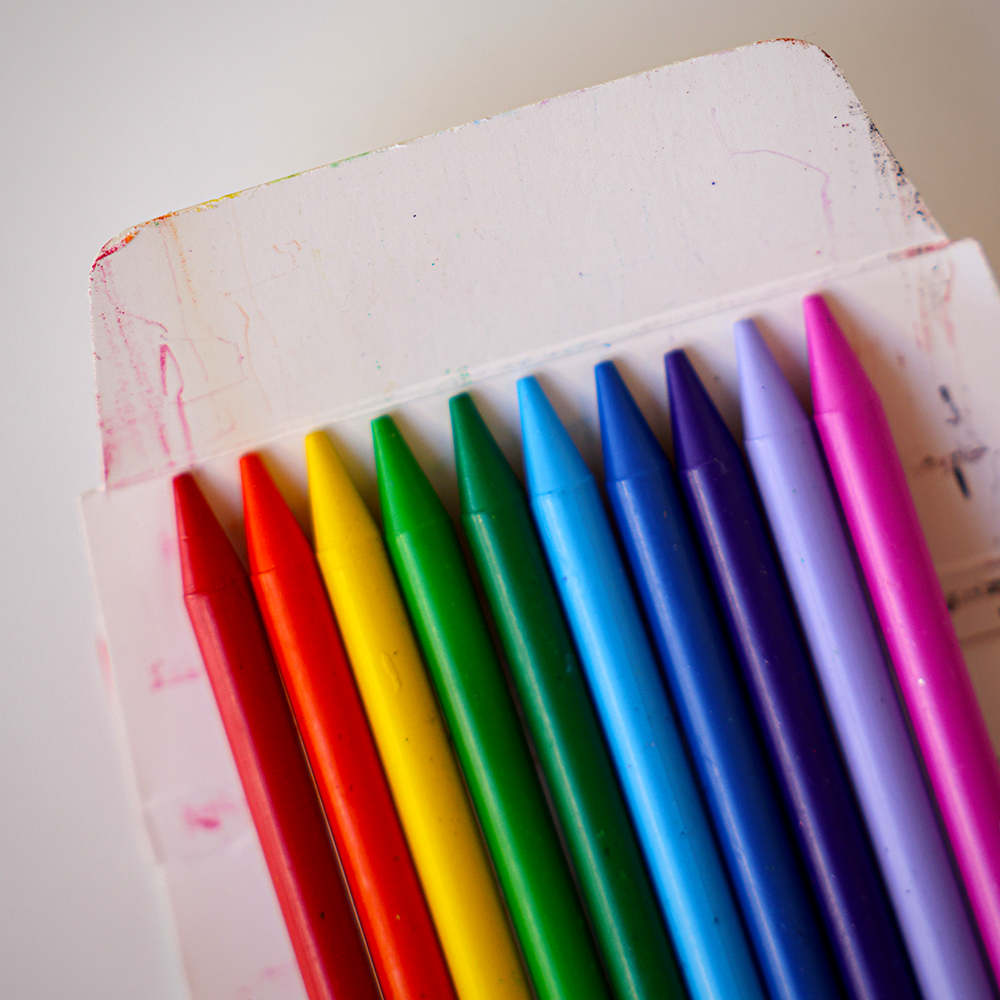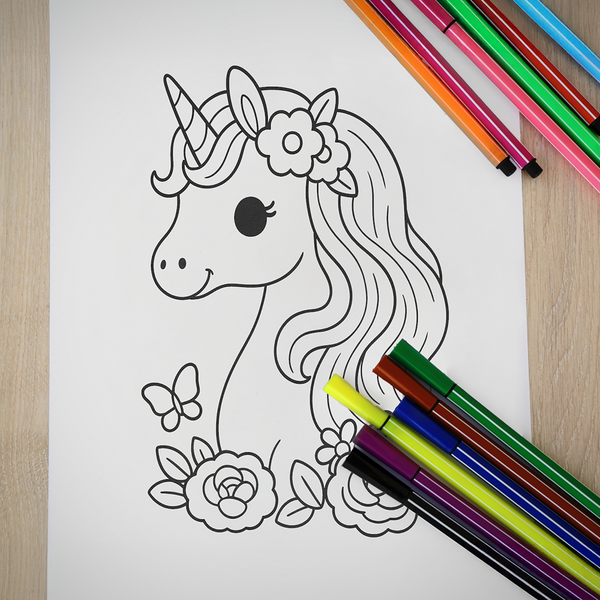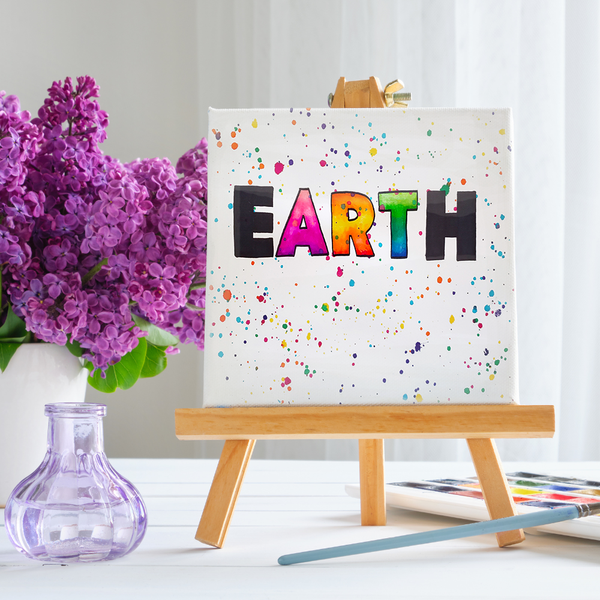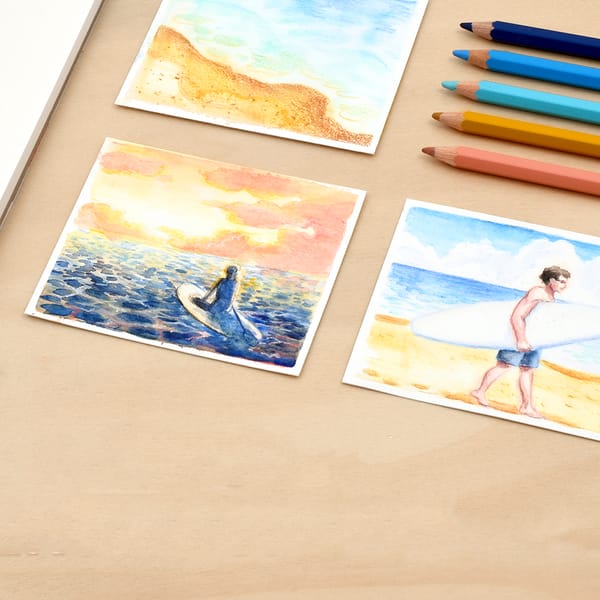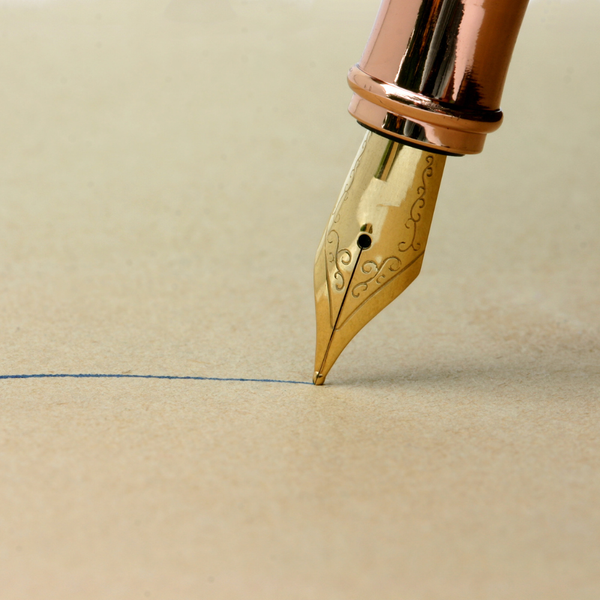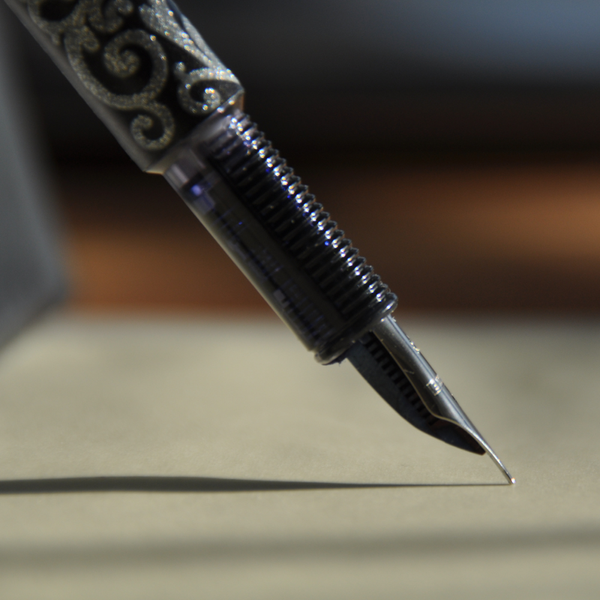Crayons have colored the imaginations of children for decades, transforming blank pages into bursts of creativity as a staple art supply.
But what lies behind those vivid hues and smooth textures?
In this article, we dive deep into the world of crayon manufacturing, uncovering not only the common components but also the elusive secret ingredient that elevates some crayons above the rest.
Join us as we reveal the hidden elements that make these artistic tools a favorite among kids and adults alike.
Key Takeaways:
- Understanding the Basic Composition: Learn about the primary components that make up a crayon, including paraffin wax and color pigments.
- The Role of Carnauba Wax: Discover how carnauba wax plays a crucial role in enhancing the quality and durability of crayons.
- Innovations in Crayon Manufacturing: Explore how modern advancements and eco-friendly practices are shaping the future of crayon production.
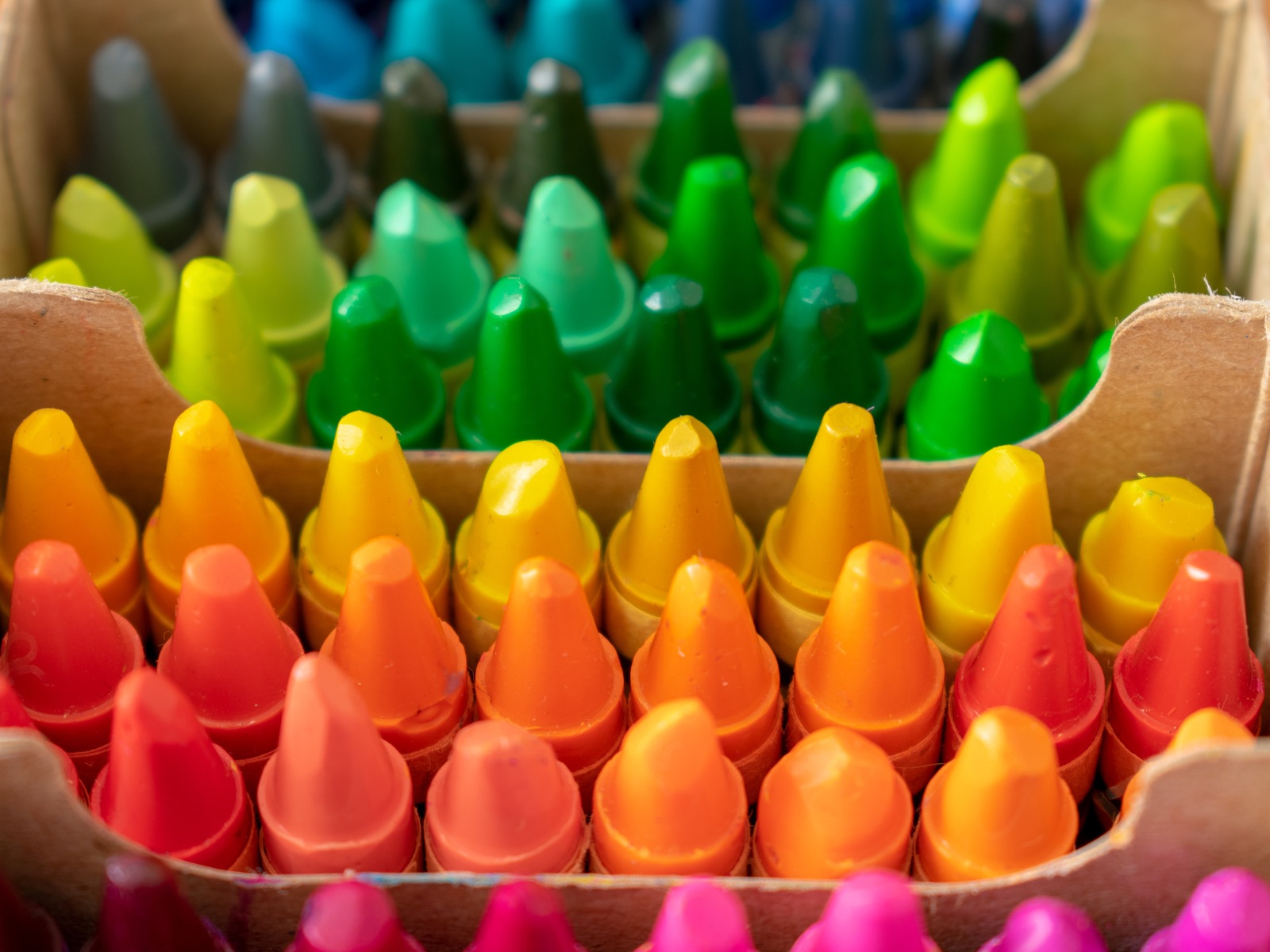
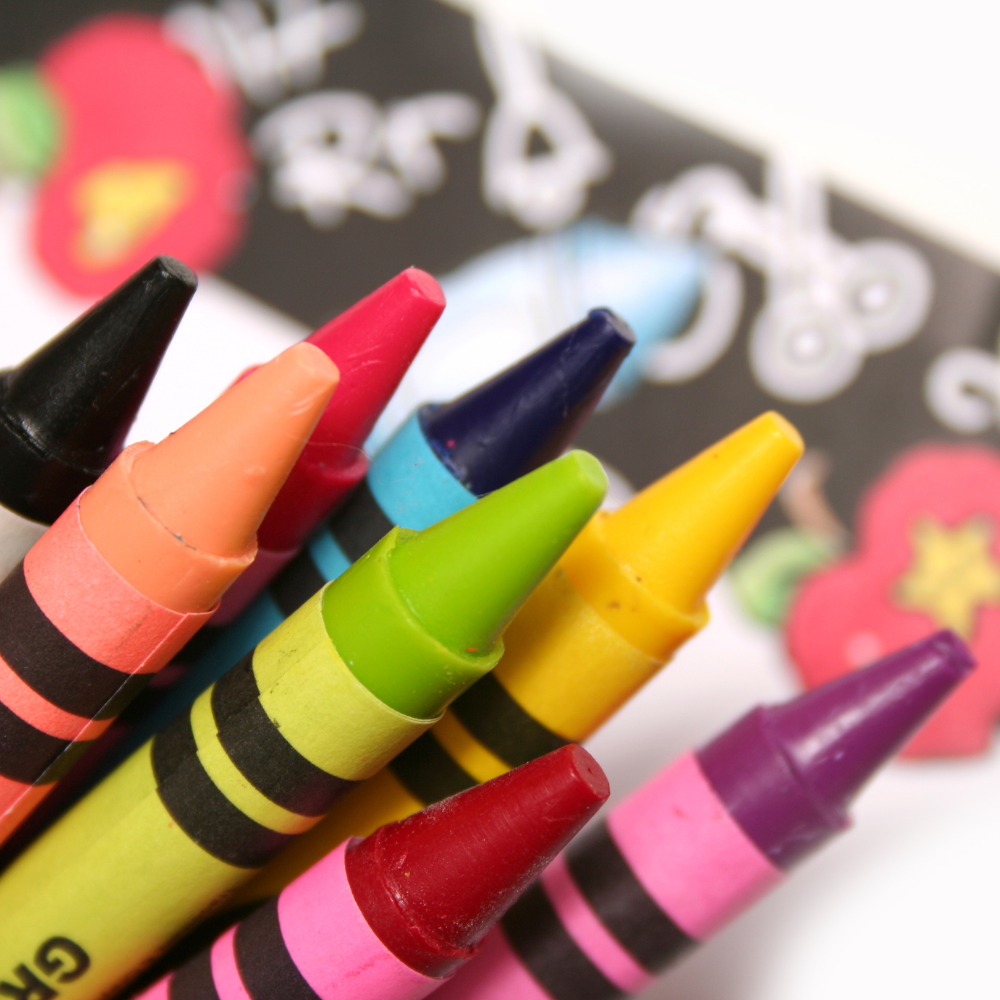
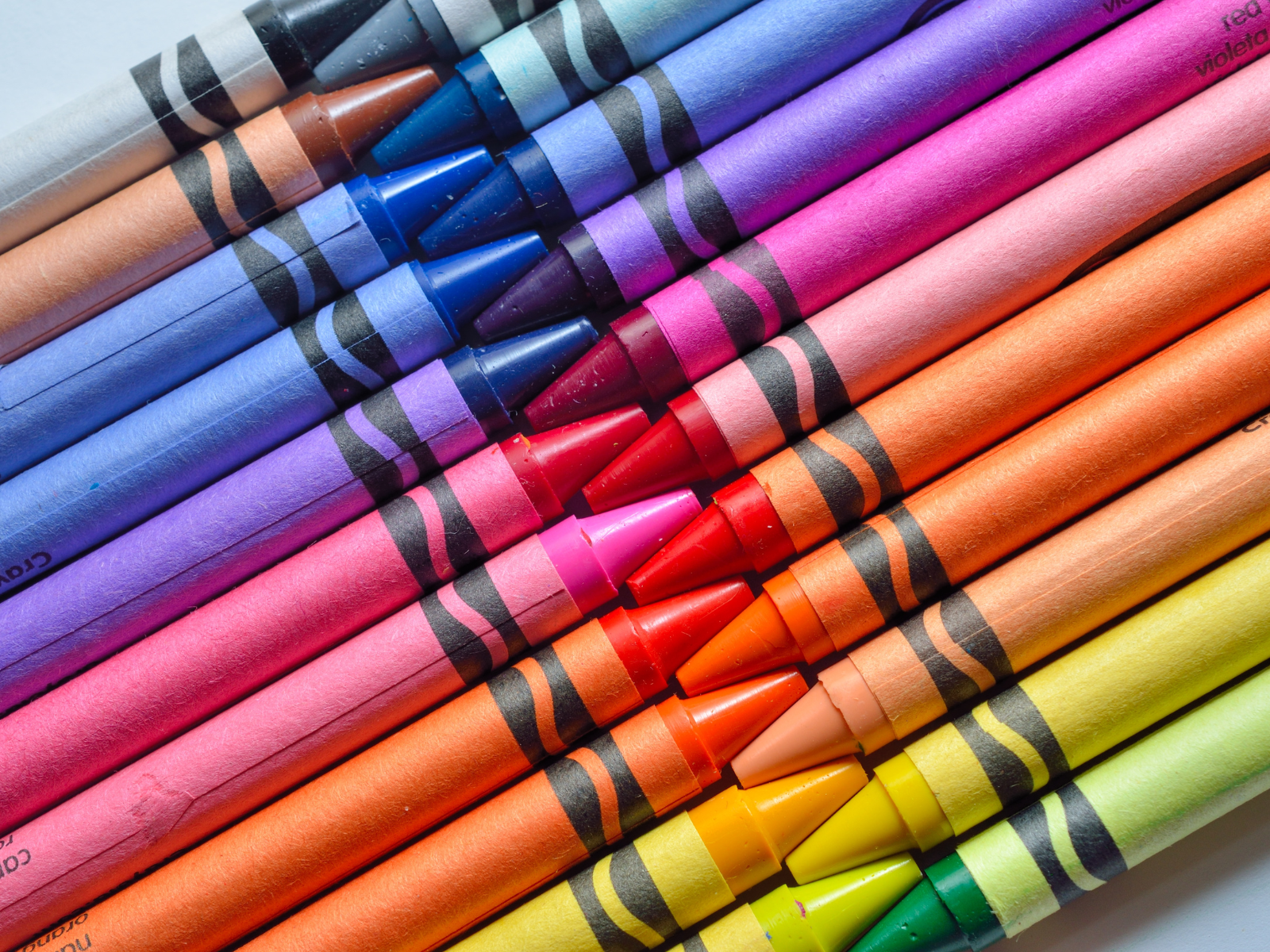
Basic Ingredients of a Crayon
Crayons are primarily composed of paraffin wax and powdered pigments, which provide the base and color, respectively.
Paraffin wax, derived from petroleum, coal, or oil shale, is favored for its ease of melting and solidifying at predictable temperatures.
The pigments, on the other hand, can come from various sources, including minerals, plants, and synthetic compounds, offering a wide palette of colors.
The combination of paraffin wax and color pigments is heated until the wax melts, allowing the pigment to disperse evenly throughout the mixture.
This hot wax mixture is then cooled into molds to form the crayon's familiar shape.
The simplicity of this process makes crayon production both cost-effective and capable of producing vast quantities of crayons in many colors.
Importance of Carnauba Wax
While paraffin wax forms the backbone of most crayons, the inclusion of carnauba wax is what often distinguishes premium products.
Extracted from the leaves of the Brazilian palm tree, carnauba wax is renowned for its hardness and high melting point, which helps improve the durability and consistency of crayons.
Carnauba wax allows crayons to withstand higher temperatures and reduces breakage, making them particularly suitable for use by small children who may exert more pressure while drawing.
This wax also imparts a distinctive sheen to the crayon, enhancing the visual appeal of the final products.
Innovations in Crayon Manufacturing
As environmental concerns and health standards evolve, crayon manufacturers are continually innovating to make their products safer and more sustainable.
Modern crayons may include eco-friendly ingredients such as beeswax or soy wax, which are renewable and biodegradable, unlike traditional fossil fuel derivatives.
These innovations extend to the pigments used, as well.
Historically, some pigments contained harmful substances like asbestos fibers; however, stringent safety standards have led to the adoption of non-toxic mineral and organic dyes.
This shift not only protects the health of young artists but also enriches the color quality of crayons.
Historical Evolution of Crayon Manufacturing
The journey of crayon manufacturing has seen significant transformations since the early 1900s when companies like the American Crayon Company began to standardize crayon production.
Initially, crayons were simple mixtures of charcoal and oil.
Over the decades, advancements in chemistry and manufacturing technologies have allowed for the inclusion of paraffin wax and stearic acid, enhancing the durability and color richness of crayons.
This evolution reflects a broader trend in industrial manufacturing, where innovation drives product enhancement to meet consumer demands for higher quality and variety in crayon colors.
As crayon factories modernized, the crayon making process became more sophisticated.
The introduction of automated molding machines allowed for mass production of crayons, ensuring uniformity and efficiency.
These machines use pre-measured amounts of colored wax, ensuring that each crayon has a consistent color intensity and quality.
The shift from manual labor to automation not only scaled up production but also improved the safety and working conditions in factories.
This historical shift underscores the importance of technological advancement in maintaining the relevance and appeal of crayons in a competitive market.


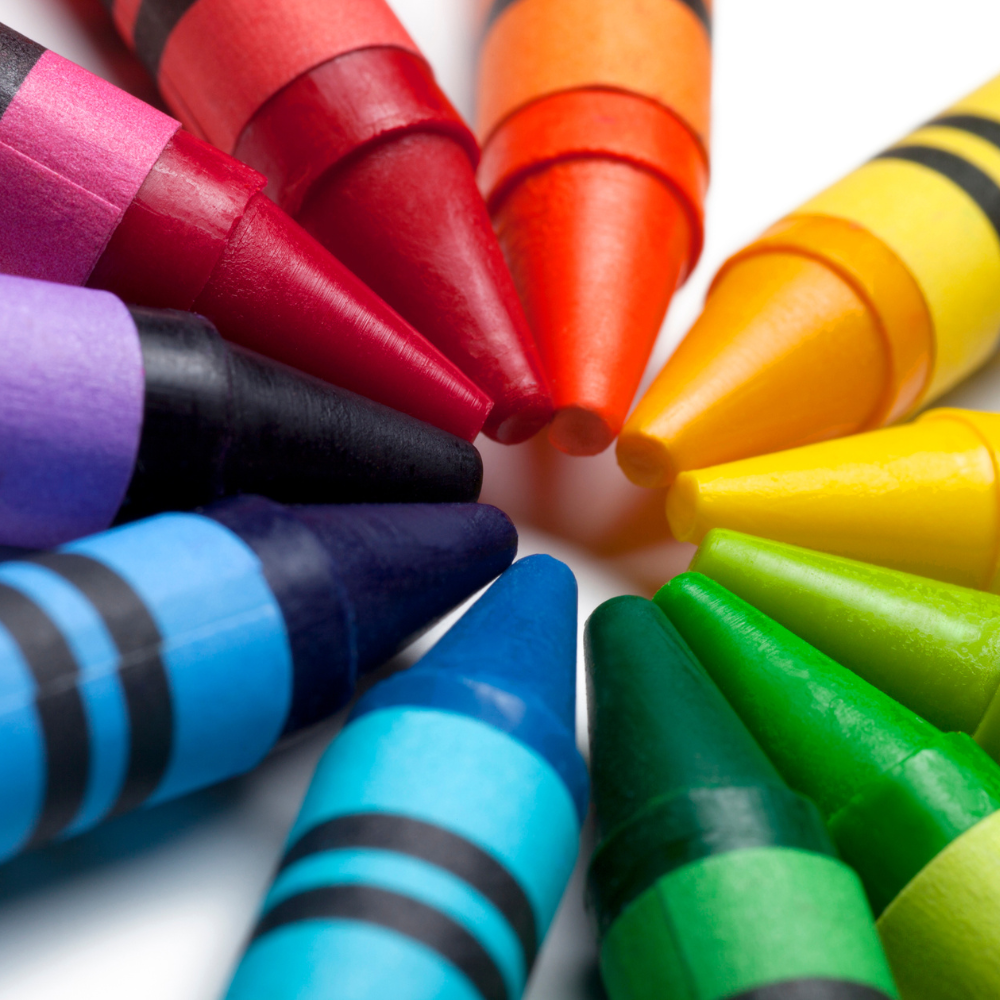
Role of Color Pigments in Crayon Quality
Color pigments are crucial in determining the vibrancy and appeal of crayons.
In the production of Crayola crayons, a carefully selected range of color pigments is used to achieve their famously rich colors.
These pigments are mixed with paraffin wax and other waxes to create the final product.
The quality of the pigment directly affects the consistency and intensity of the color in each crayon.
High-quality pigments ensure that crayons deliver uniform color across different batches, which is essential for both educational and professional use.
Moreover, the process of integrating these pigments involves pre-measured amounts to maintain color accuracy and safety.
Crayola, being a leading manufacturer, adheres to stringent standards to ensure that all crayons are non-toxic and safe for children.
This commitment to quality and safety begins at the pigment mixing stage, where only approved substances are used.
The precision in this phase not only enhances the product's safety but also its overall aesthetic, making Crayola crayons a preferred choice in schools and homes.
Evolution of Crayola Crayon Colors
The spectrum of Crayola crayon colors has expanded significantly since the company's inception, reflecting not just artistic trends but also cultural shifts.
Initially, Crayola crayons were available in a basic palette that catered to primary educational needs.
Over the years, the introduction of new crayons cool colors and themes, such as fluorescent or metallic shades, has allowed Crayola to maintain its market dominance and appeal to evolving consumer preferences.
This expansion in color variety has been largely driven by advancements in color pigment technology and consumer feedback, ensuring that each new crayon box resonates with users of all ages.
Moreover, the development of new crayons has often been accompanied by notable marketing campaigns.
For instance, the retirement of colors such as "Dandelion" was an event that engaged the community and garnered media attention, highlighting how integral these colors have become to the brand's identity.
Each crayon box today is not just a set of tools for drawing but a collection of hues that tell a story, with each color carefully selected to inspire creativity and make the crayons an indispensable part of school supplies and artistic endeavors.
Pre-Measured Amounts in Quality Control
In the manufacturing of crayons, the use of pre-measured amounts of wax, pigments, and other main ingredients is crucial for maintaining consistency and quality across batches.
This precision ensures that each crayon delivers the same vibrant color and smooth texture that Crayola is known for.
The process involves meticulous measurement and mixing of colored pigments with hot wax, which are then cooled and molded into the recognizable shape of a crayon.
This method not only enhances the product quality but also optimizes the manufacturing process, reducing waste and increasing efficiency.
Furthermore, the implementation of pre-measured amounts is integral in ensuring that crayons meet safety standards, particularly in being non-toxic.
This is especially important as crayons are primarily used by children, making safety a top priority.
By controlling the exact quantities of each component, manufacturers can prevent any harmful substances from being included in the crayon's composition.
This attention to detail in the ingredient measurement and mixing stages is a critical aspect of producing high-quality, safe, and reliable crayons for educational and recreational use.
Crayon Composition Evolution: Chalk to Wax
The journey from using chalk-based materials to the advanced wax formulations in today’s crayons highlights significant advancements in crayon manufacturing.
Initially, crayons were made using a mixture of chalk and oil, which provided a limited range of colors and resulted in a less smooth drawing experience.
Over time, the introduction of paraffin wax revolutionized the crayon industry by providing a smoother, more durable medium that could hold more vibrant pigments.
The transition to wax-based crayons, including the popular crayons are paraffin-based, allowed for the inclusion of a wider palette of colors and improved the ease of application on various surfaces.
This shift not only enhanced the quality of the drawing crayon but also increased its safety, as paraffin wax is non-toxic and less prone to breaking than chalk.
The development of wax crayons marked a pivotal moment in the history of crayon manufacturing, setting the standard for what is now considered a fundamental tool in childhood education and creativity.
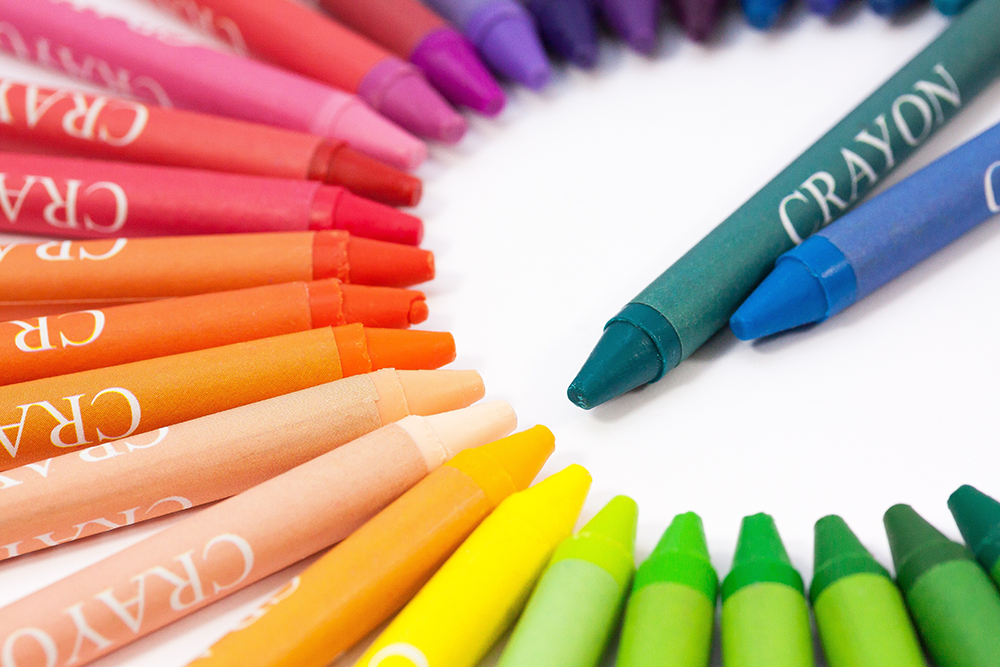
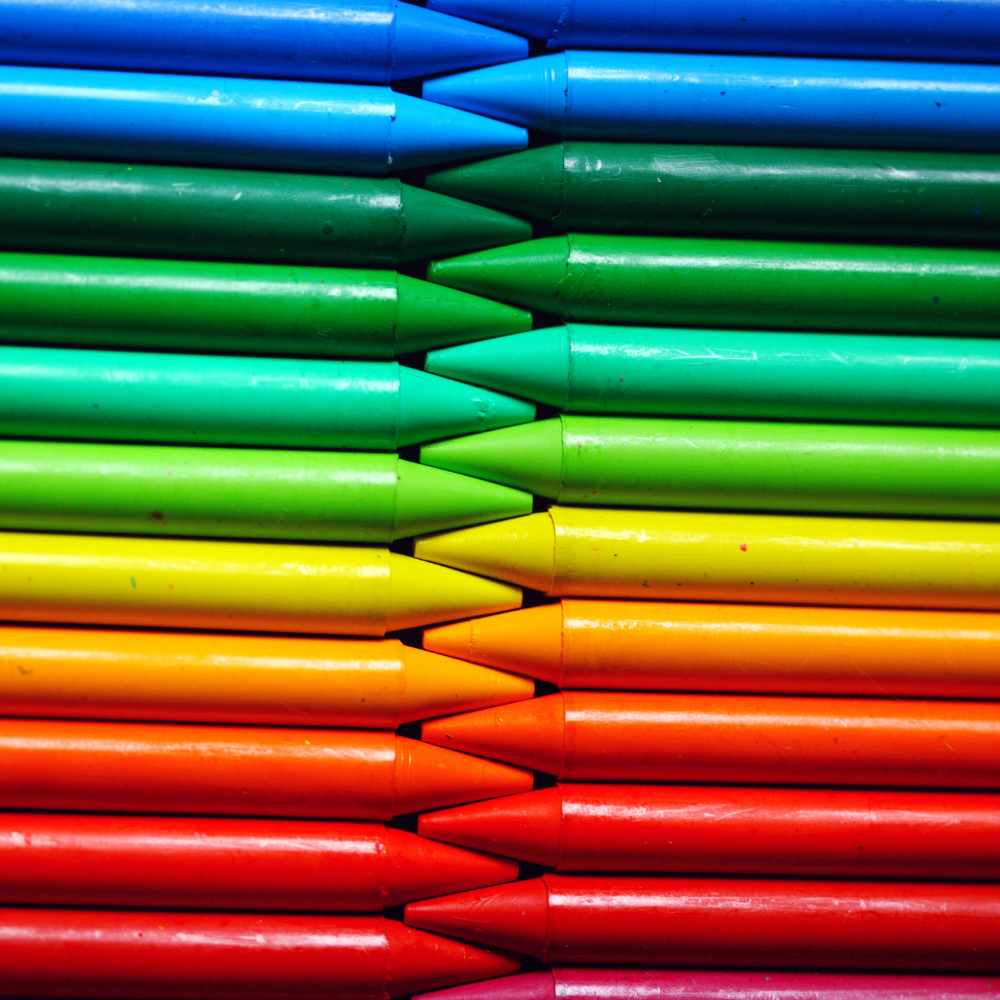
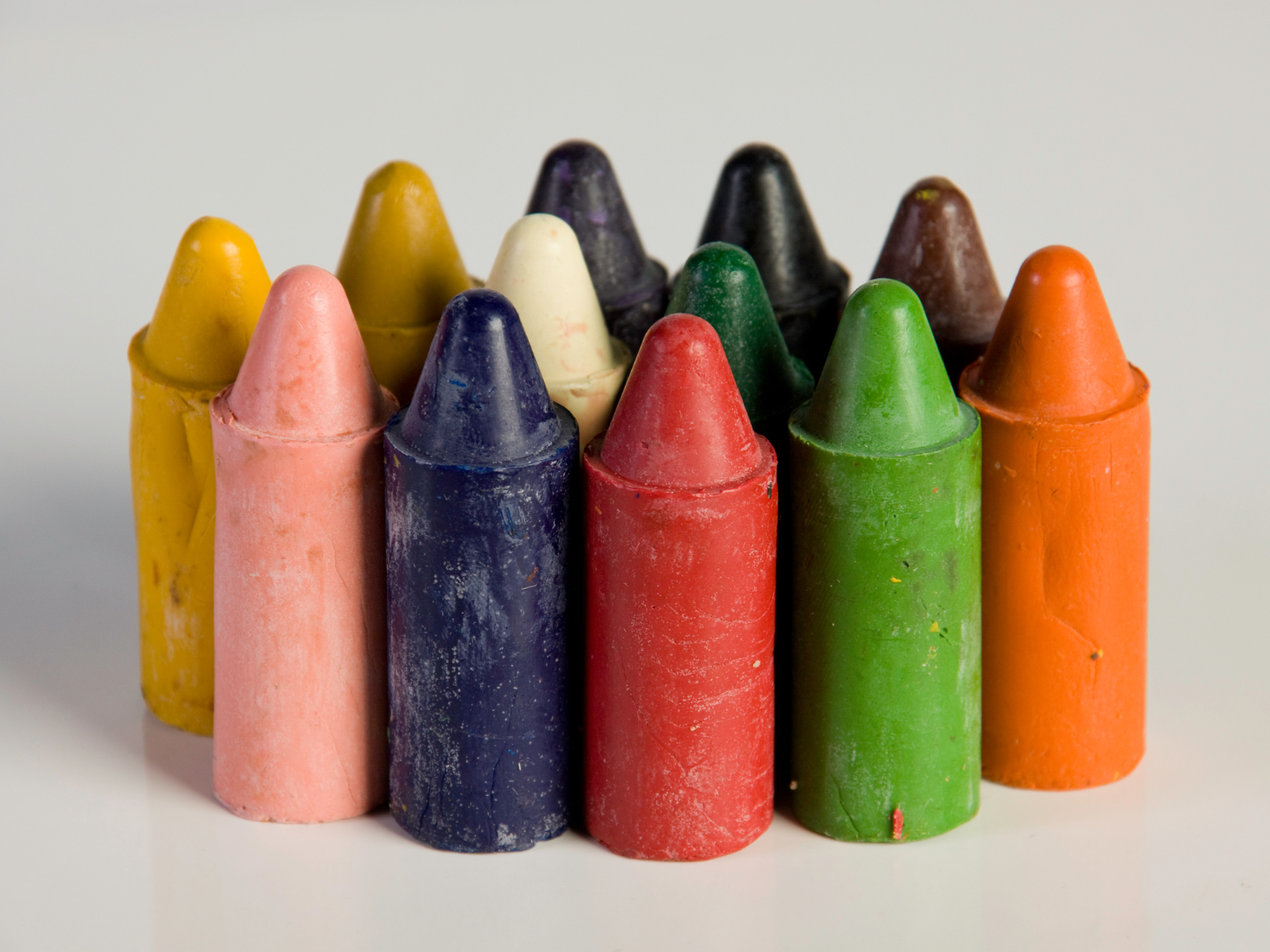
Significance of Packaging in Crayon Boxes
Crayon boxes are not just containers; they play a crucial role in the branding and marketing of crayons.
The design and durability of these boxes often influence consumer perception and choice.
Manufacturers invest in high-quality, eco-friendly packaging materials to ensure that the crayons are protected while also appealing to environmentally conscious consumers.
The packaging often features bright, engaging colors and graphics that attract children and parents alike, making crayons a popular choice for educational and recreational purposes.
Moreover, the information provided on crayon boxes, such as the non-toxic nature of the product and the inclusion of eco-friendly materials, reassures consumers about the safety and sustainability of their purchase.
These boxes are designed to be sturdy yet easy to open, accommodating the small hands of young artists.
The practical aspect of packaging, with sections for each crayon, helps in organizing colors and prevents the crayons from breaking, thereby extending their usability and enhancing the overall user experience.
Tech Advancements in Crayon Production
The process of making crayons has seen substantial technological improvements since Edwin Binney and Harold Smith first introduced their famous gold medal-winning formula.
Modern crayon manufacturing involves sophisticated machinery that ensures high efficiency and consistency in producing pre-measured amounts of powdered pigment and melted wax.
This precision has not only improved the quality and uniformity of crayons but has also enhanced the safety aspect by ensuring that all materials used are non-toxic and safe for children.
Additionally, the shift towards eco-friendly practices in crayon production is a testament to the industry's commitment to sustainability.
Innovations such as using soybean oil instead of petroleum-based paraffin in some crayon formulations highlight how manufacturers are adapting to environmental concerns while still providing high-quality products.
These advancements not only help in reducing the ecological footprint of crayon production but also cater to the growing consumer demand for sustainable and safe products, thereby shaping the future trajectory of the crayon industry.
Advances in Non-Toxic Materials for Crayons
The shift towards non-toxic materials in crayon production has been a significant advancement in the industry.
Historically, some crayons contained toxic elements that could pose health risks with prolonged exposure.
Today, companies like Crayola are at the forefront of using completely non-toxic materials to ensure that their products can be used safely by children.
This includes the exclusion of any lead, asbestos, or toxic dyes from the crayons.
The wax base, typically made from paraffin, is now often blended with eco-friendly and sustainable waxes like beeswax or soy wax, enhancing the crayon's environmental appeal.
This evolution towards non-toxic crayons has not only made products safer but also aligns with global eco-friendly practices.
Parents and educators greatly appreciate this shift, as it ensures that children can explore their creativity without any health concerns.
The development of these materials involves rigorous testing and a commitment to maintaining the fun and functionality of crayons.
By focusing on non-toxic and eco-friendly materials, manufacturers are setting new standards in the crayon industry, promoting a healthier environment and safer products for users.
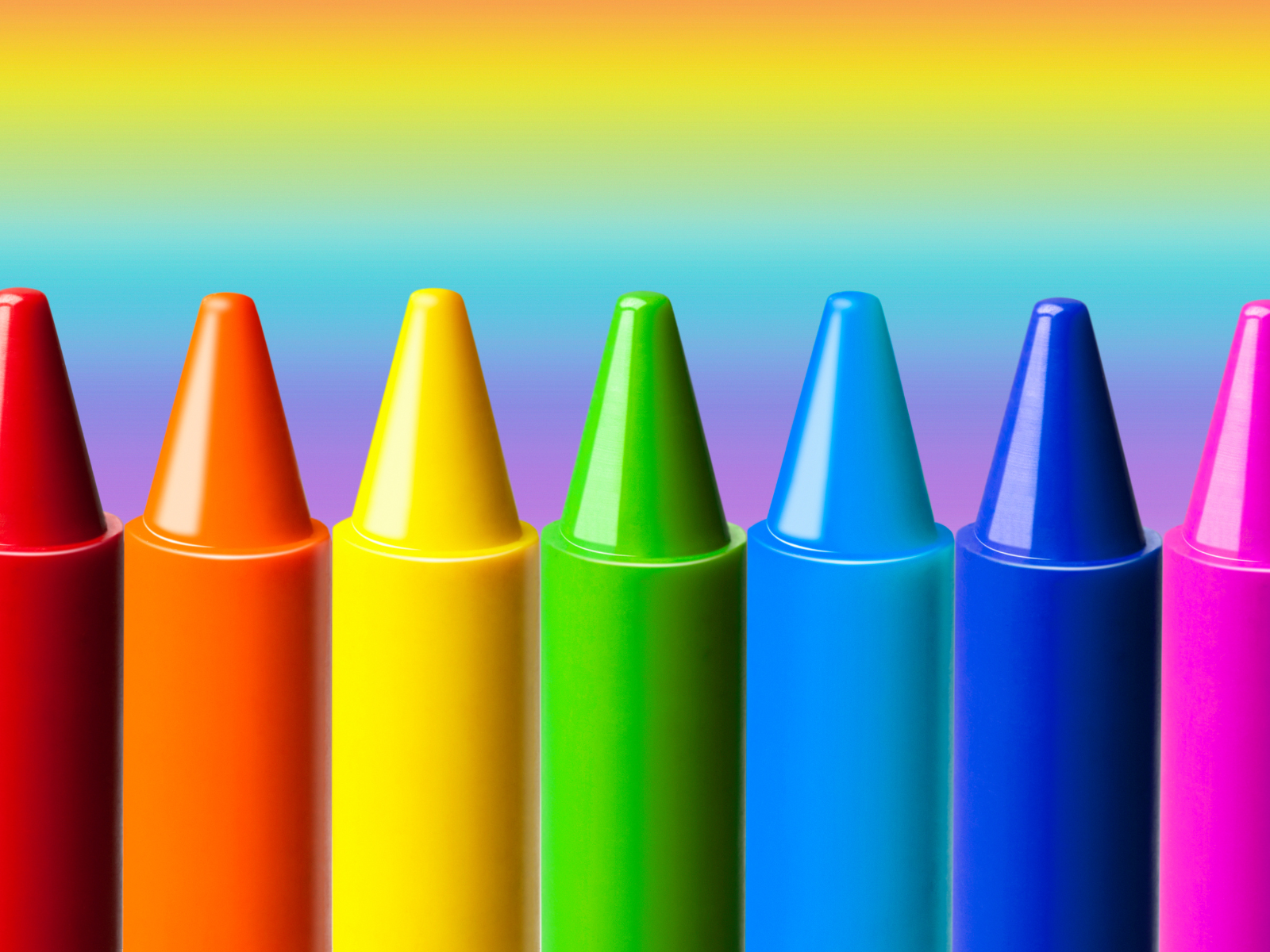
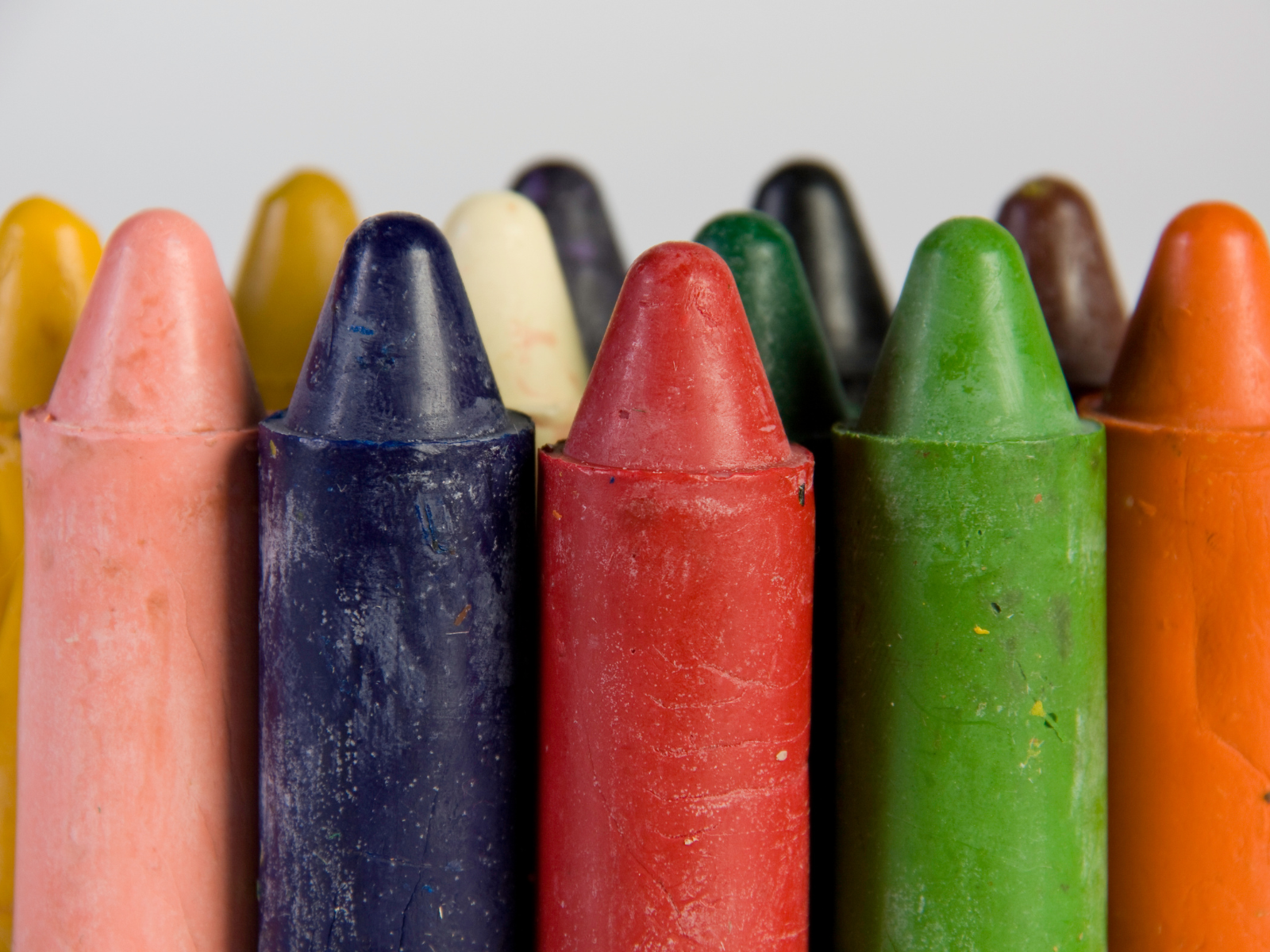
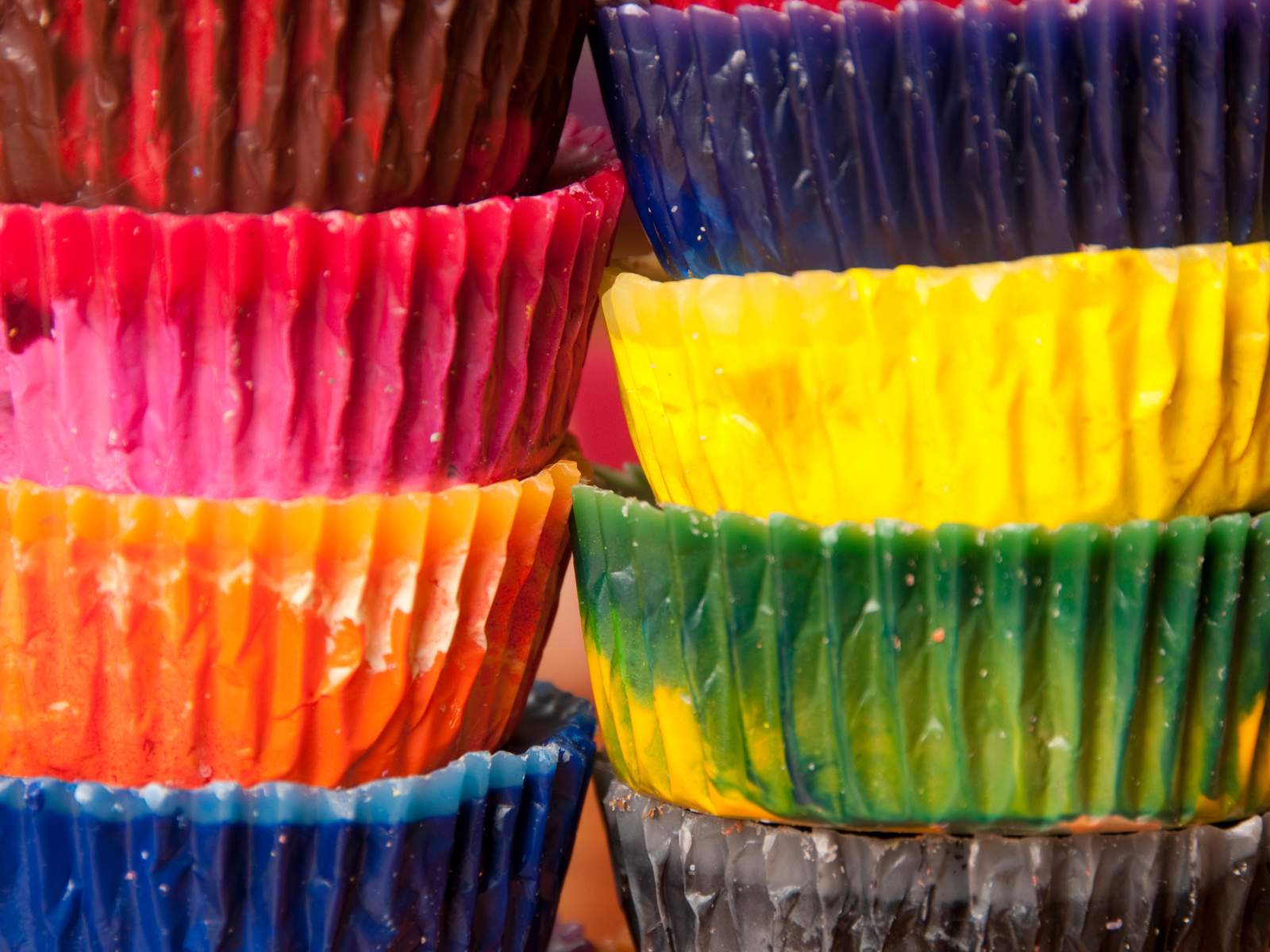
Crayon Applications Beyond Drawing
Crayons have found a variety of uses beyond the traditional boundaries of drawing and coloring.
In industrial settings, products like the Staonal marking crayon demonstrate the versatility of crayon technology.
These crayons are used for marking rough surfaces such as concrete, metal, and wood, and are favored for their durability and visibility.
The formulation of these specialized crayons includes stronger binders and more resilient pigments, tailored to withstand the harsh conditions of industrial environments.
Moreover, crayons have also made their way into the world of cosmetics, thanks to their non-toxic nature and vibrant pigments.
The same basic ingredients contained in drawing crayons, such as colored wax and calcium carbonate, are used in cosmetic crayons for lipsticks and eyeliners.
This crossover highlights the adaptability of crayon components in various applications, showcasing their utility in both artistic and practical products.
The expansion into cosmetics also reflects a growing trend of eco-friendly and skin-safe products marketed to health-conscious consumers.
Special Effects Crayons
Beyond the standard wax crayons, manufacturers have developed special effects crayons to enhance artistic expression.
These include glitter crayons, metallic crayons, and those that change colors or reveal hidden colors when used.
Such products often incorporate additional ingredients like reflective mica particles or thermochromic pigments, catering to the demands of professional artists and hobbyists alike.
The development of these innovative crayons involves complex chemistry and precise control over the properties of raw materials.
By adjusting the ratios and types of waxes and pigments, manufacturers can create crayons that produce different textures and effects on paper.
Integration of Recognizable Scents in Crayons
The addition of recognizable scents to crayons has transformed the sensory experience of coloring, making it not only a visual but also an olfactory delight.
This innovative approach was pioneered to enhance the engagement of children with art materials, encouraging a multi-sensory interaction with their creative tools.
By infusing crayons with familiar scents such as strawberry, lemon, or chocolate, manufacturers have been able to captivate young minds and stimulate imaginative thinking, thereby enriching the overall process of drawing and coloring.
Moreover, the use of non-toxic, food-grade aromas ensures that these scented crayons remain safe for children.
This development aligns with the increasing consumer demand for non-toxic and child-friendly art supplies.
The scents are carefully selected and tested to ensure they are recognizable and pleasant, yet not overpowering.
This careful balance helps in maintaining the focus on the artistic use of the crayons while providing a subtle and enjoyable scent experience that does not distract from the creative process.
Colored Pencils Complementing Crayons
Colored pencils offer a distinct textural contrast and a finer point for detail, making them an essential complement to crayons in the realm of art supplies.
While crayons provide bold and vibrant hues ideal for broad strokes, colored pencils are perfect for adding intricate details and subtle shading that crayons cannot achieve alone.
This synergy allows artists, particularly young learners, to explore a range of techniques and effects within their crayon art, enhancing both their skills and their enjoyment of the creative process.
Furthermore, the combination of crayons and colored pencils in a single art project can teach children about the different properties of materials and how they can be used together to achieve various artistic effects.
For instance, a background might be laid down with the soft, rich textures of crayons, while the sharp, precise lines of colored pencils can be used to define and embellish foreground elements.
This educational aspect not only boosts creativity but also encourages a deeper understanding and appreciation of how different tools can be employed to bring one's artistic vision to life.
Eco-Friendly Practices in Crayon Production
Sustainability is becoming increasingly important in the production of art materials, including crayons.
Eco-friendly crayons replace paraffin wax with natural alternatives like soy wax, which is not only biodegradable but also produces a smoother, more even texture.
These green initiatives are crucial in reducing the art industry's carbon footprint and making art supplies safer for children and the environment.
Moreover, some companies are pioneering the use of recycled materials in their crayon products.
Rejected crayons and manufacturing waste are melted down and reformed, reducing waste and promoting a circular economy within the crayon industry.

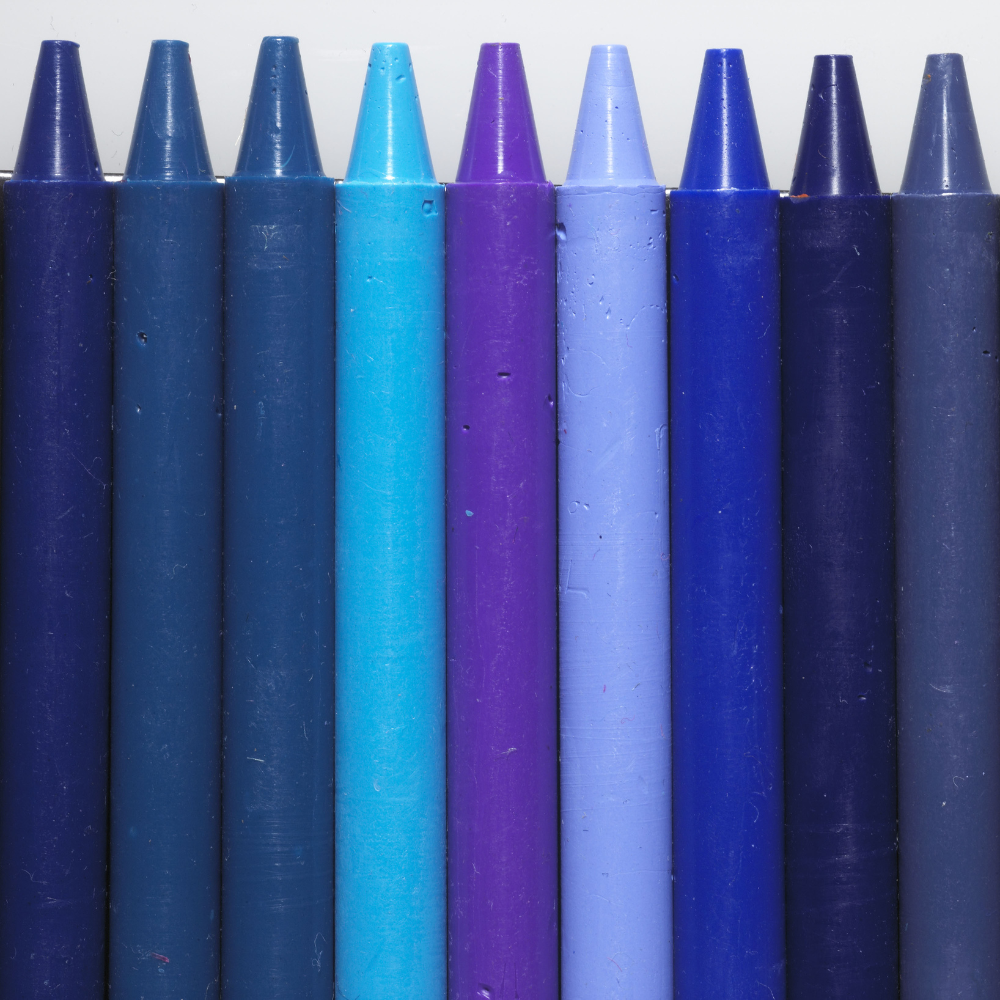
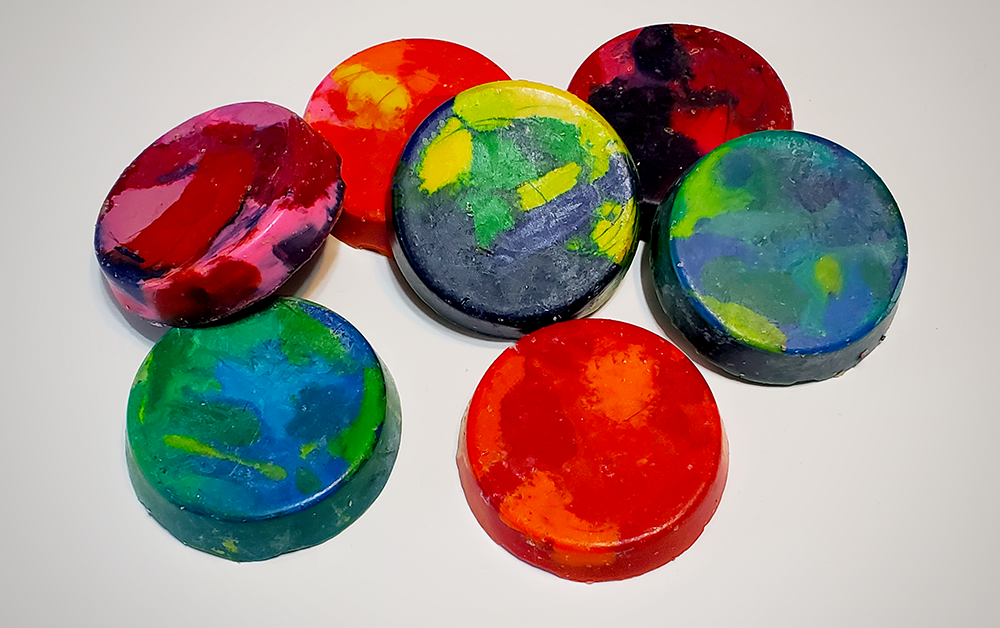
Future of Crayon Manufacturing
The future of crayon manufacturing looks bright, with ongoing innovations aimed at improving both the quality of crayons and their impact on the environment.
Advances in material science may soon allow for the creation of crayons that are both high-performing and entirely made from renewable resources.
Additionally, as digital art becomes more prevalent, crayon manufacturers are finding new ways to integrate traditional drawing methods with digital technology.
This could include crayons that interact with digital devices or apps, blending the tactile pleasure of using crayons with the convenience and versatility of digital art.
Crayons Coloring the Future of Art
Crayons are a fundamental part of art education and creative development, made primarily from paraffin wax and color pigments.
They are not just simple sticks of color; they are the backbone of early artistic expression and learning.
The strategic use of carnauba wax alongside traditional paraffin transforms these everyday art tools into durable, high-quality instruments that withstand the enthusiastic scribbles of young artists.
Moreover, the shift towards eco-friendly materials and innovative production methods is not only preserving our planet but also enhancing the artistic experience, ensuring that crayons remain a beloved tool for artists of all ages.
Crayons have evolved, continuing to spark creativity and color imaginations across generations, proving that even the smallest tools can make the biggest impact on creative development.

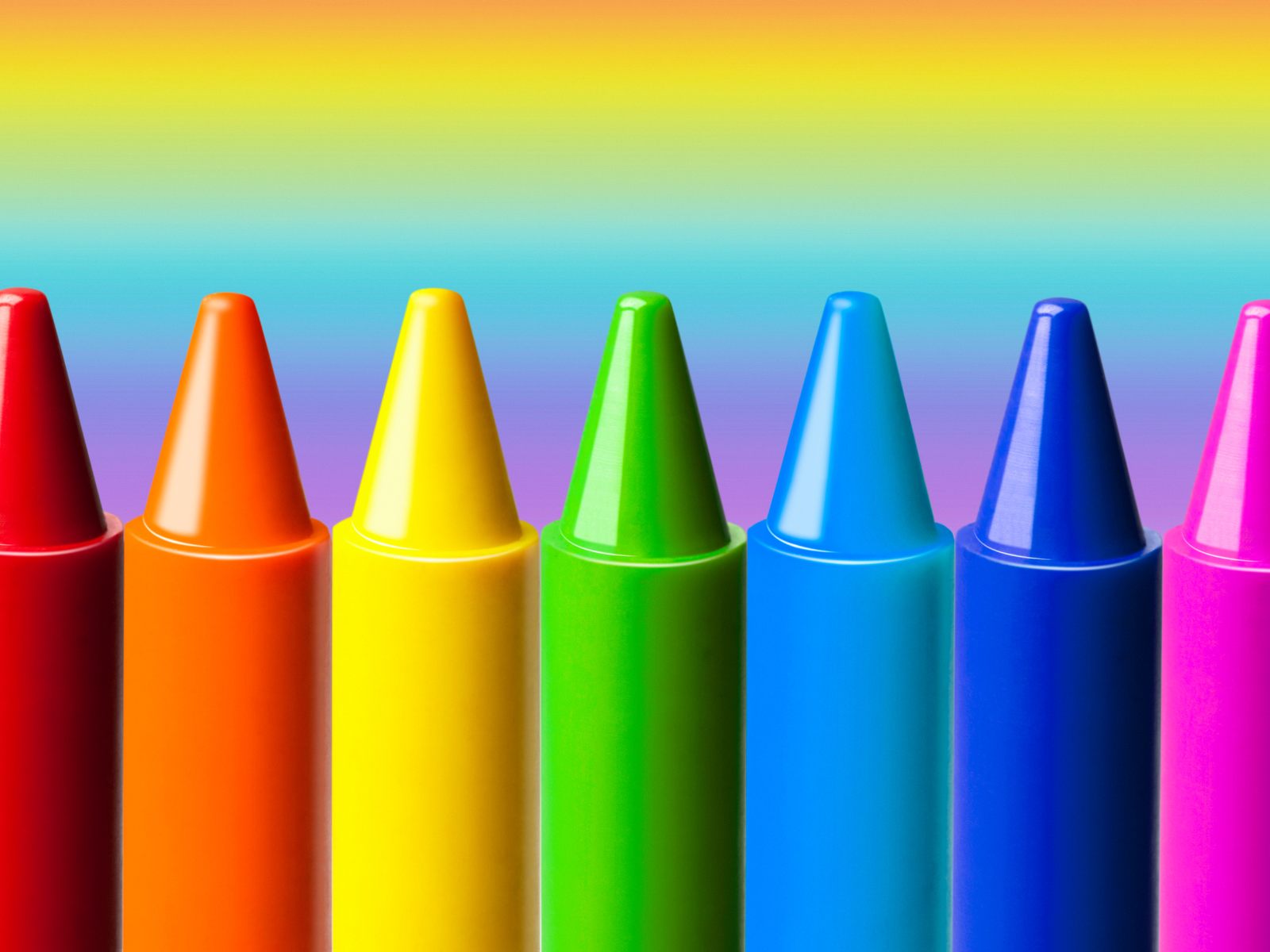
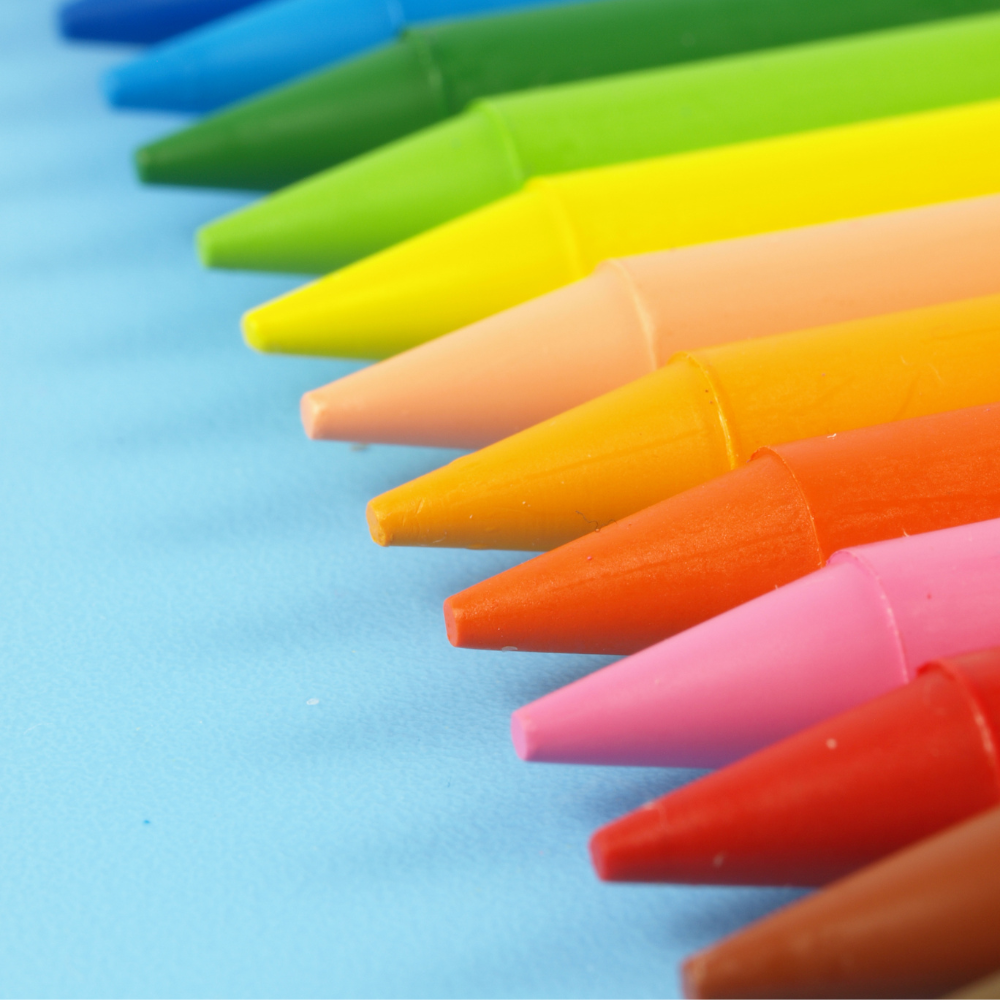
Crayon FAQ
Welcome to the Crayon FAQ section!
Here, we delve into some of the most commonly asked questions about crayons, providing you with detailed insights into what makes them special, safe, and environmentally friendly.
Whether you're a parent, teacher, or simply a crayon enthusiast, this guide is designed to help you understand more about these colorful tools that spark creativity and joy in artists of all ages.
Let's explore the fascinating world of crayons together!
What makes carnauba wax special in crayons?
Carnauba wax is valued in crayon production for its high melting point and hardness, which contribute to the durability and quality of the crayon, making it less prone to breaking and capable of withstanding higher temperatures.
Are crayons safe for use by all ages?
Yes, modern crayons are manufactured to meet strict safety standards, using non-toxic materials to ensure they are safe for users of all ages, including small children.
How are eco-friendly crayons different from traditional crayons?
Eco-friendly crayons typically use natural waxes like soy wax or beeswax instead of paraffin wax, which is derived from fossil fuels. These natural materials are renewable and biodegradable, making the crayons more environmentally friendly and often providing a smoother drawing experience.
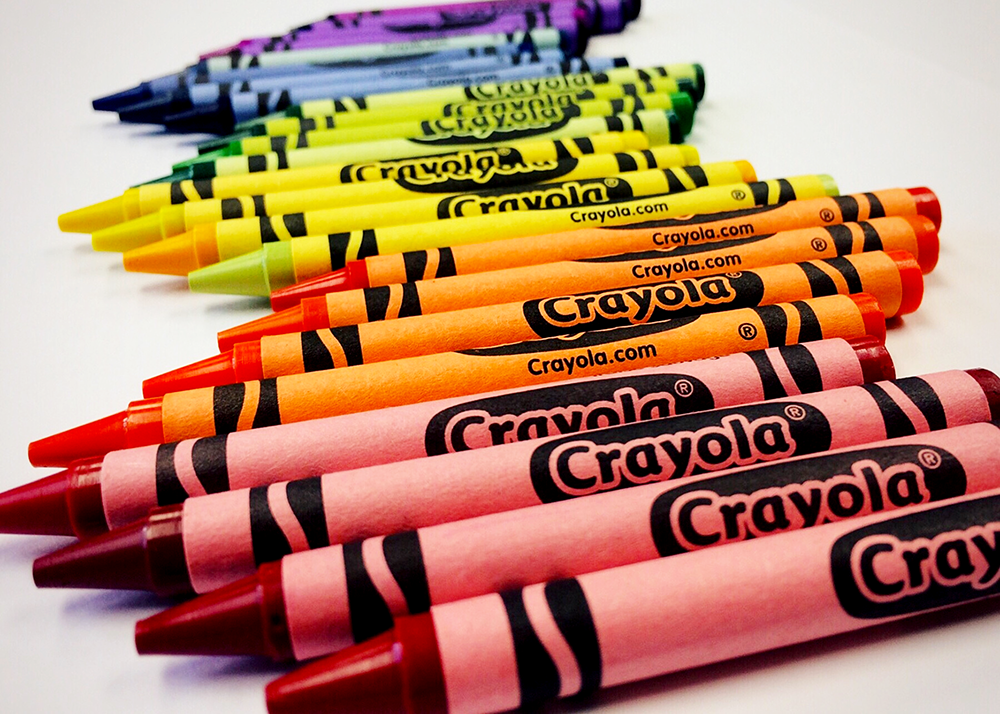
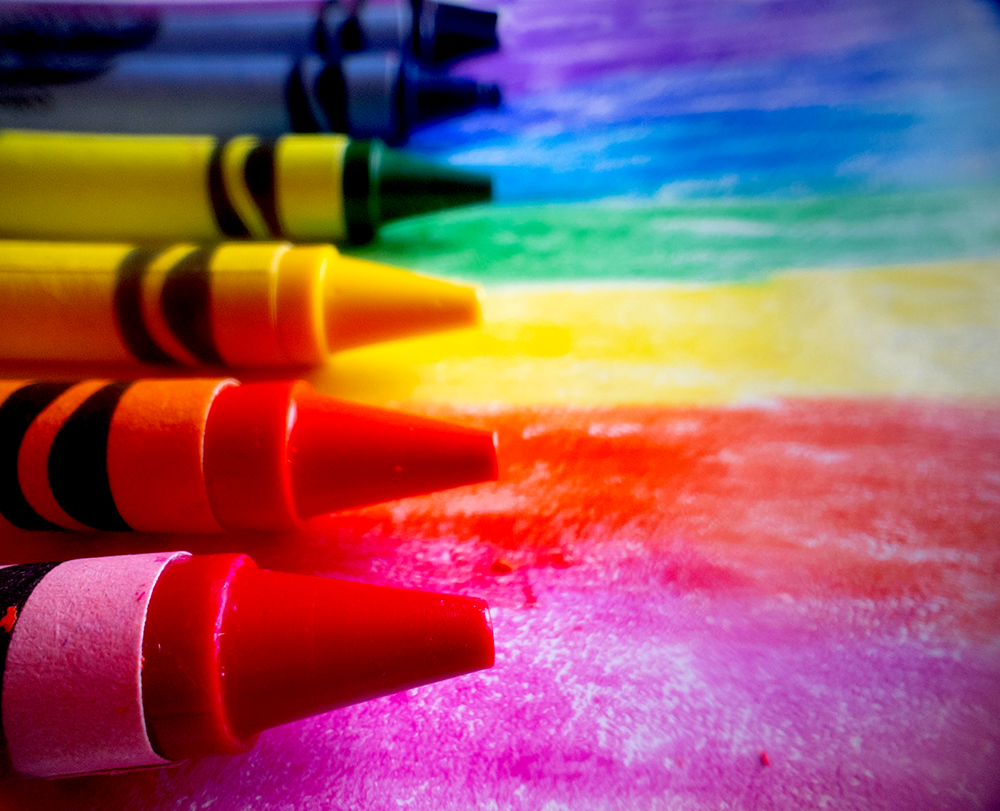

Interested in creating your own crayons? Check out Large Family Mama's video!
Want even more content about creativity and art?
Be sure to check out all of our creative chronicles!
Love crayons and crayon art?
Check out some of our other articles:
-How do you make crayons look professional?
-What is the secret powder in crayons?
-How do you make easy crayons?
-What crayons do professionals use?
